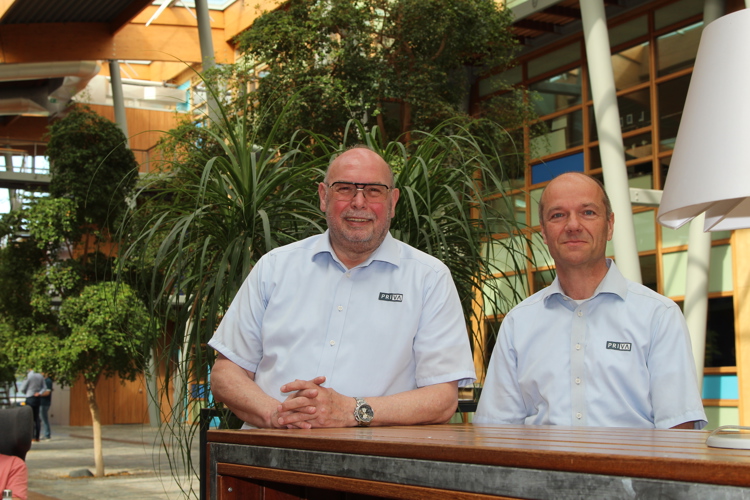With today’s energy prices, it’s not easy to maintain a profitable crop. According to Priva’s energy and crop specialists, most growers can still save energy. “Even without major investments or compromising your crop, you can reduce your energy demand or avoid expensive hours,” says Peter Mos. “We can help our customers do that efficiently and with peace of mind.”
>
Themes
-

-

-

-

-

-

>
Themes
-

-

-

-

>
Indoor growing solutions









